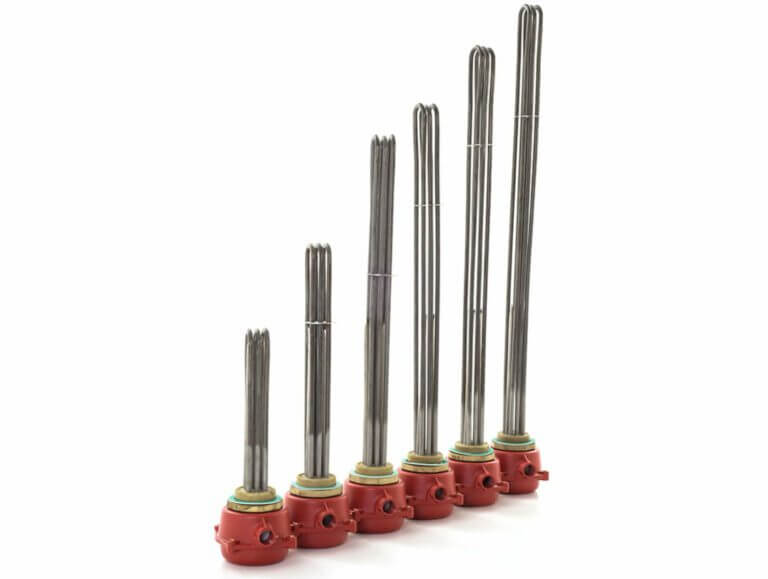An integral part of our daily lives but rarely ever seen, the heating element is a fantastic invention that has greatly impacted the way most things operate in the 21st Century. In this blog post, we’ll delve into the science of how heating elements work, what forms they can take, and how they can be used. But first, let’s learn more about the core concept that heating elements work upon, electrical resistance. To truly comprehend the operation of heating elements, it’s important to grasp the concept of electrical resistance. Electrical resistance refers to the property of a material that impedes the flow of electric current. Some materials, like metals, have low resistance and allow current to flow easily through electric heating elements, while others have high resistance. Electrical resistance can be defined as the opposition encountered by electric current when passing through a material. It is measured in ohms (Ω), and it determines the ease or difficulty with which current can flow through a substance. Conductive materials, such as copper or aluminium, possess low resistance and enable the smooth flow of electric current. On the other hand, materials with high resistance restrict the flow of current. It is these materials with high resistance that are commonly employed in heating elements to generate heat efficiently. One of the most widely used resistive materials in heating elements is nichrome. Nichrome is an alloy primarily composed of nickel and chromium. It possesses high electrical resistance, making it an ideal choice for generating heat in heating elements. Additionally, nichrome’s resistance remains stable even at high temperatures, ensuring consistent heat output. Heating elements harness electrical resistance to convert electrical energy into heat energy. When an electric current flows through the heating element, the resistive material, such as nichrome, resists the flow of current, leading to the generation of heat. This process is known as the Joule heating effect. The Joule heating effect occurs as electrons flow through the resistive material, constantly colliding with the atoms or ions within it. These collisions result in the conversion of electrical energy into thermal energy, creating heat. The more collisions occur, the more heat is generated. The heat produced by the heating element is then transferred to the surrounding environment or the object being heated through conduction, convection, or radiation, depending on the specific heating system and application. Heating elements come in various designs to suit different applications. Some common types include coil or wire-based elements, ceramic elements, and tubular elements. Each type has its own unique characteristics and benefits, making them suitable for specific uses. Safety is of utmost importance when dealing with heating elements. We design heating elements to handle the heat they generate, and incorporate insulation or protective measures to prevent direct contact with the hot element. These safety measures ensure user protection and prevent accidental burns or electrical hazards. For example, we offer LST or low surface temperature heating elements for use in public spaces such as bathrooms. Or we design secure fixings to screw elements such as on industrial immersion heater elements. To conclude, heating elements operate based on the principles of electrical resistance and the conversion of electrical energy into heat energy. By understanding these concepts, we can appreciate the fascinating science behind heating elements. Whether they are cooking our favourite meals or keeping us warm on chilly days, heating elements have become indispensable in our modern lives.The science behind heating elements


